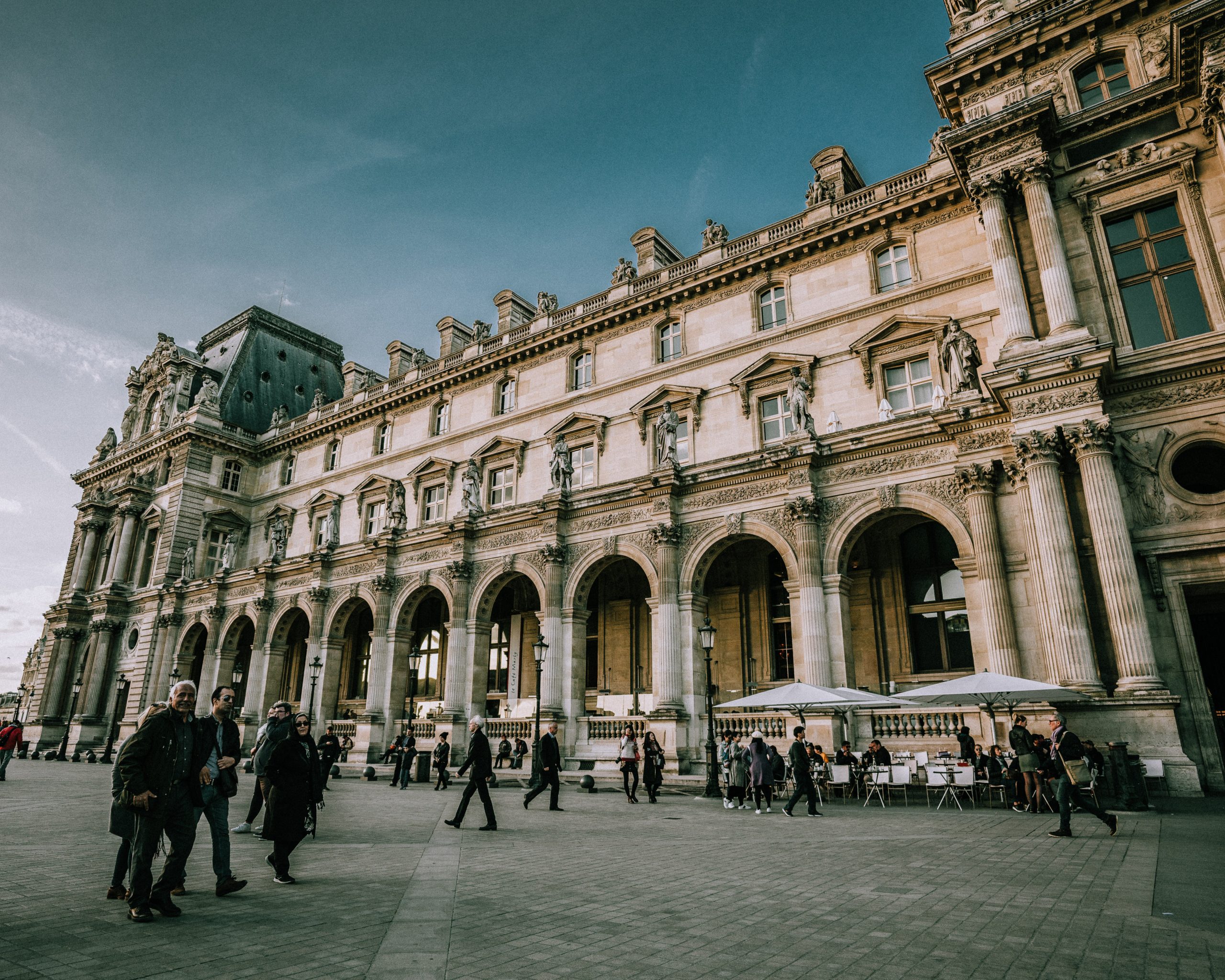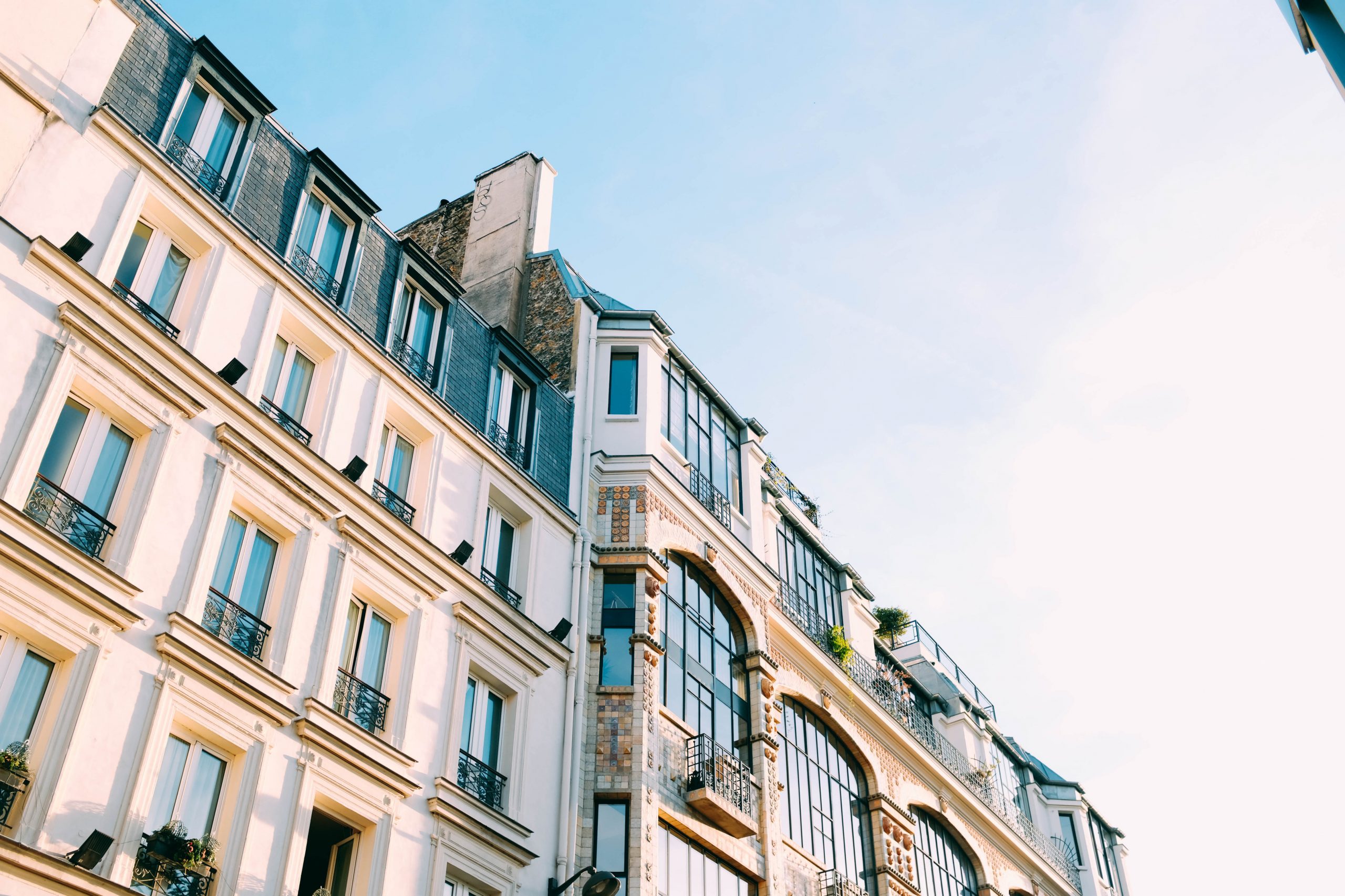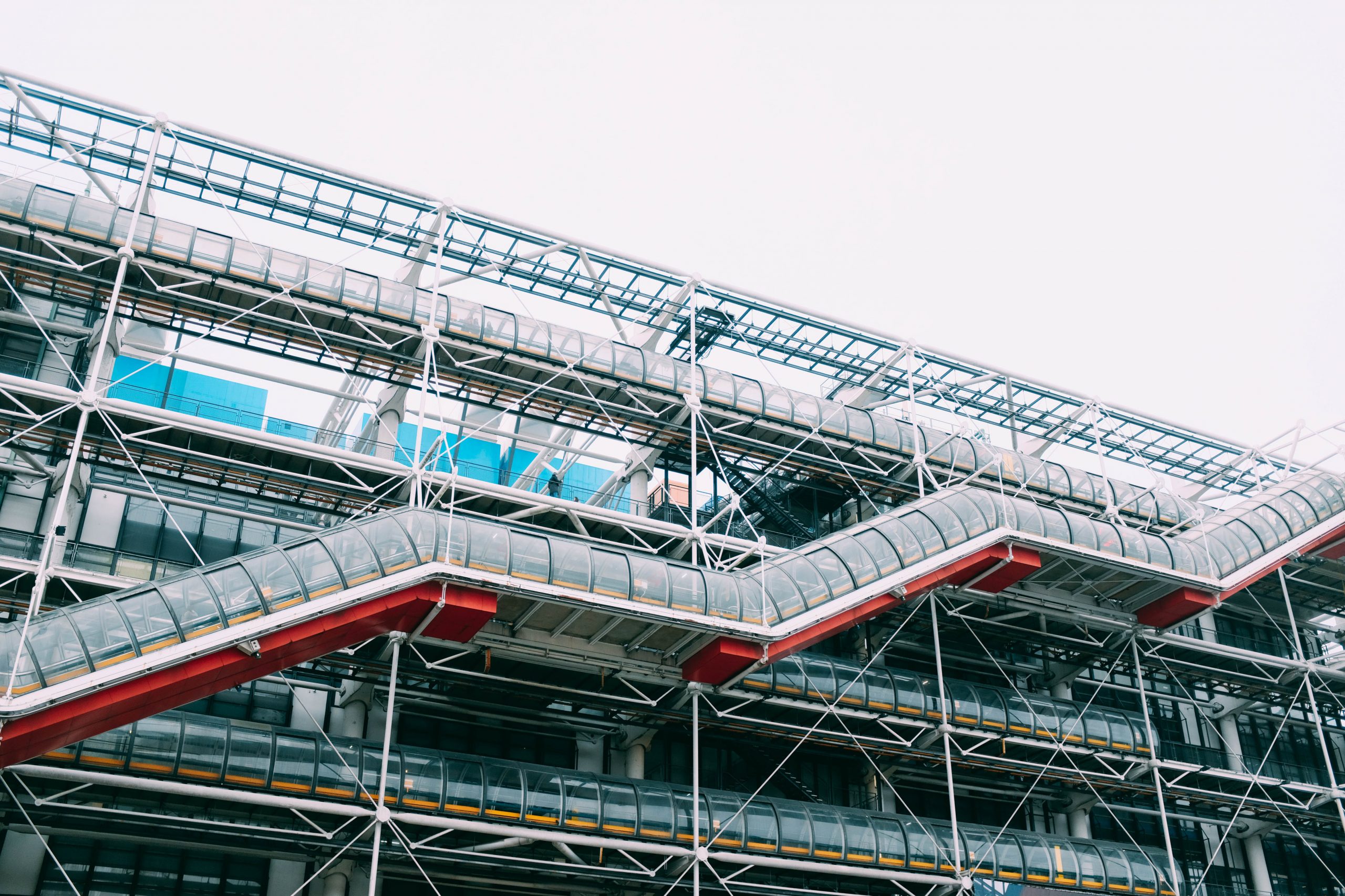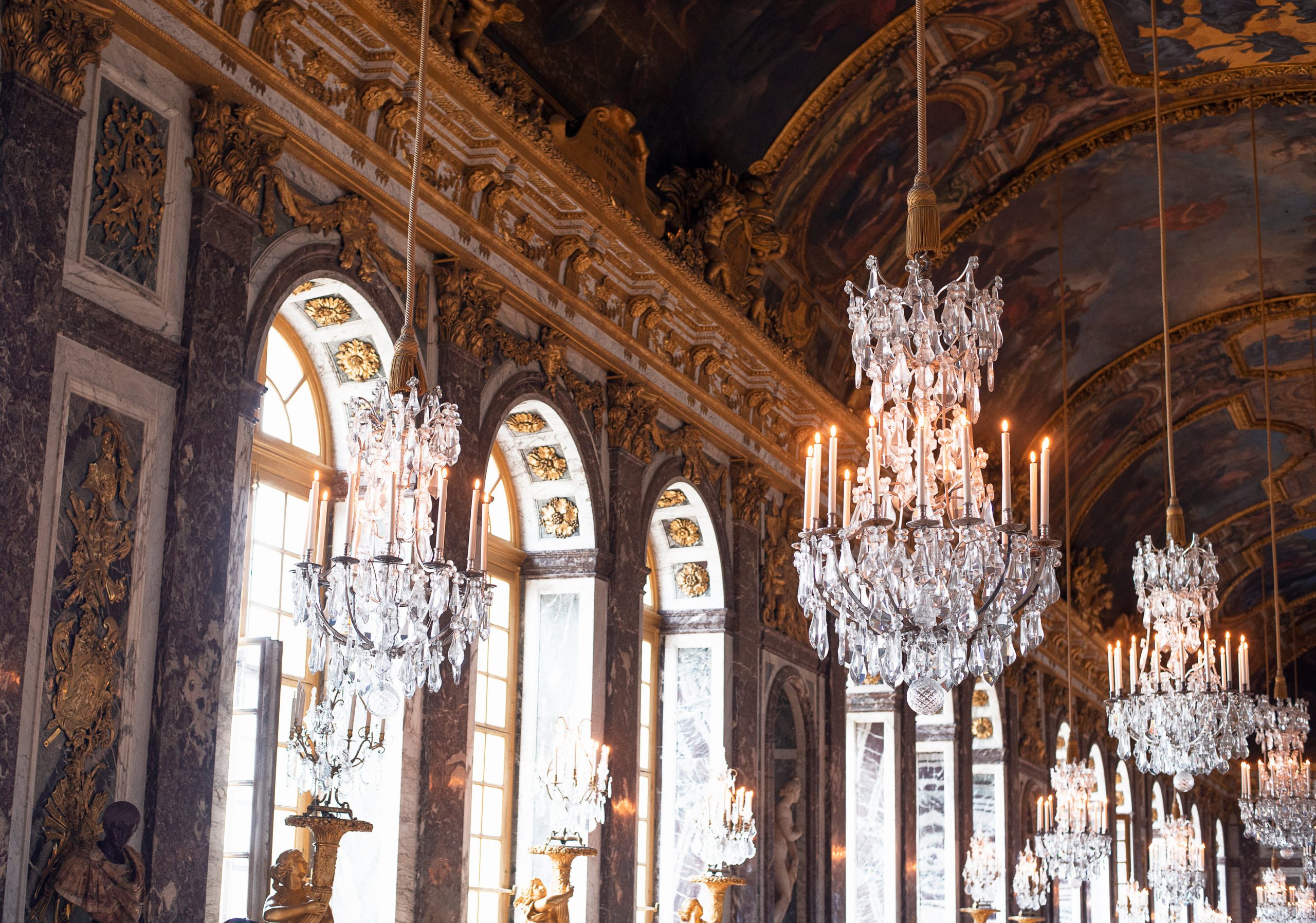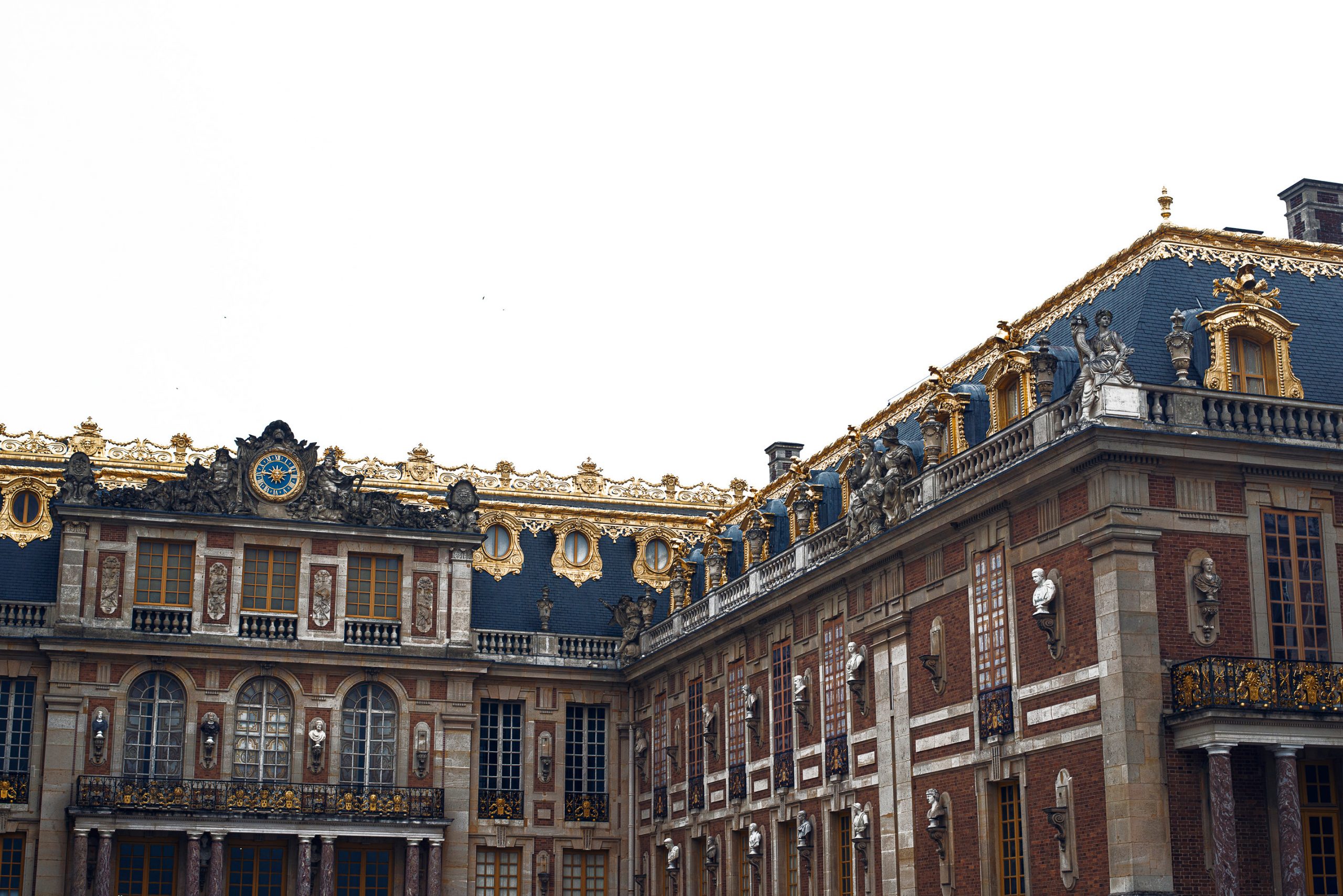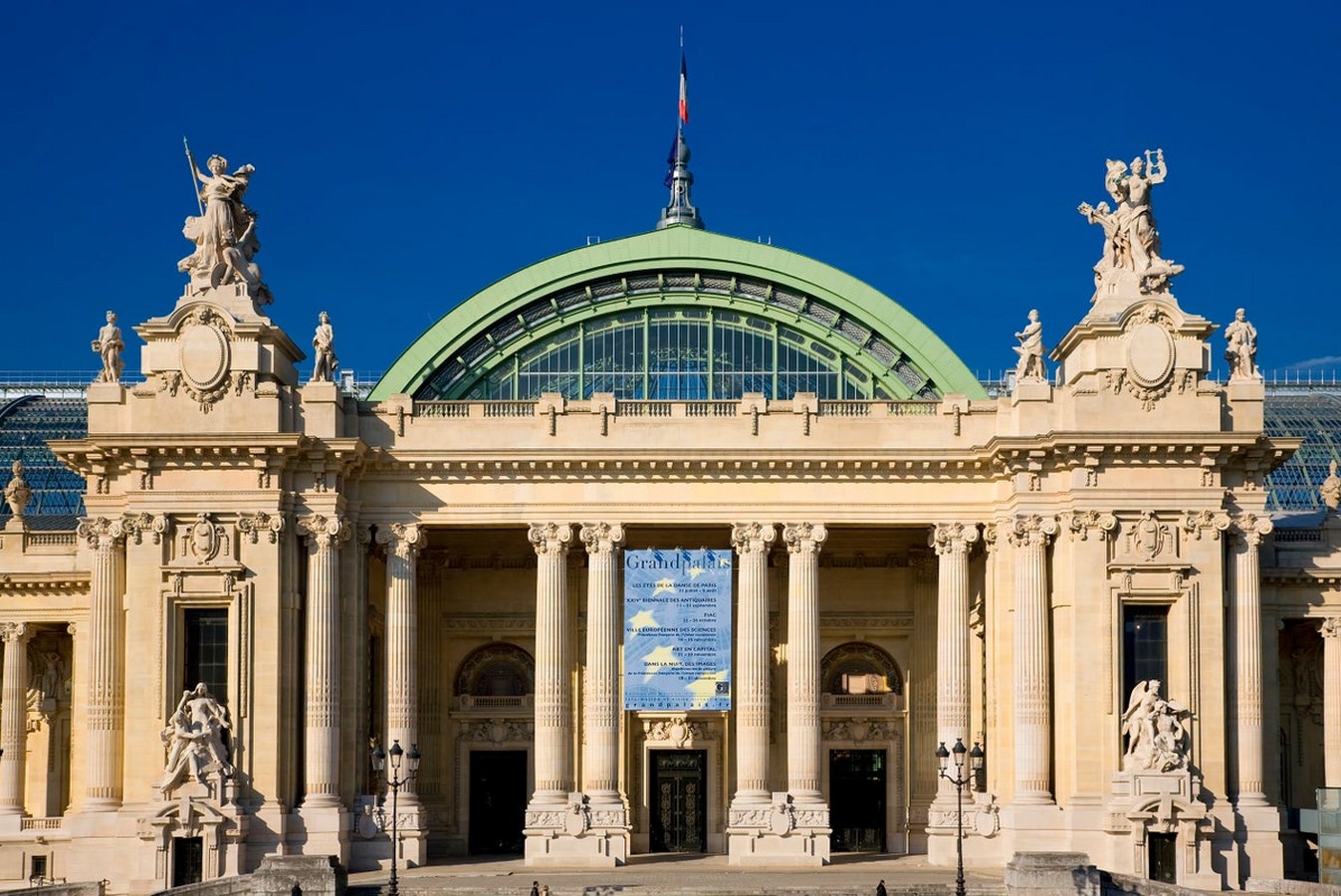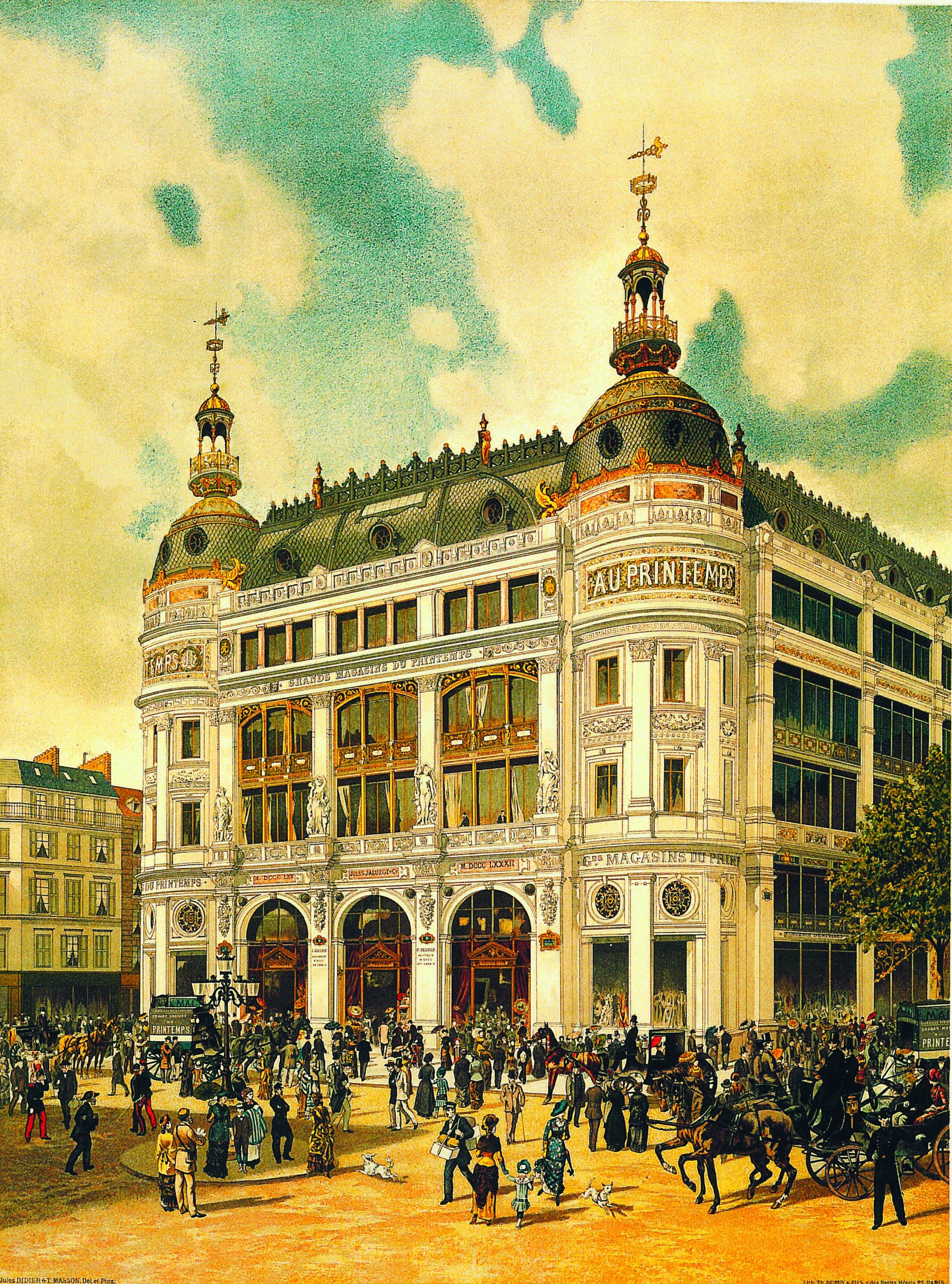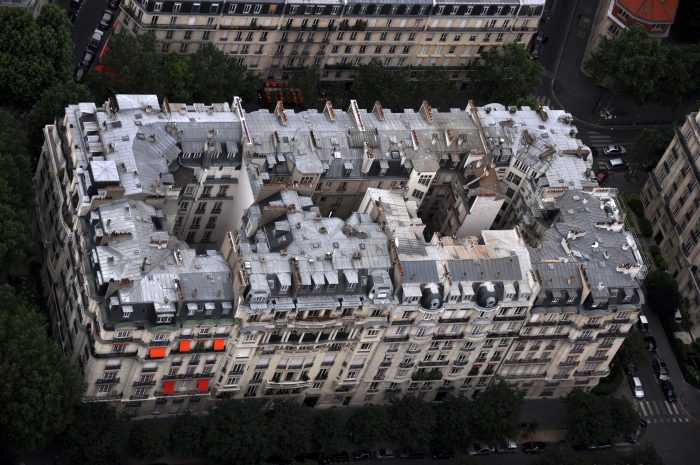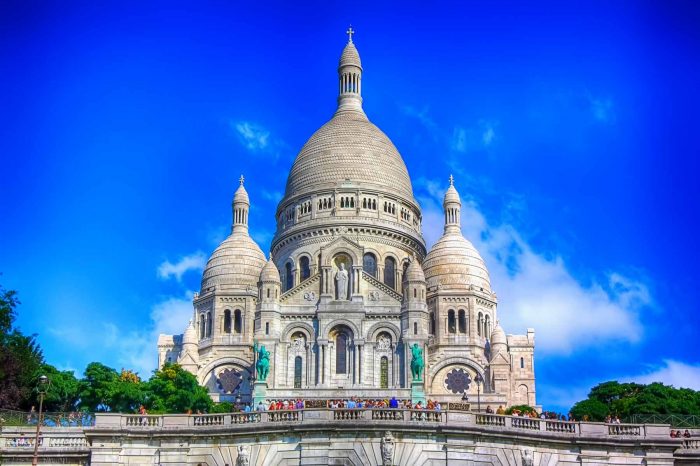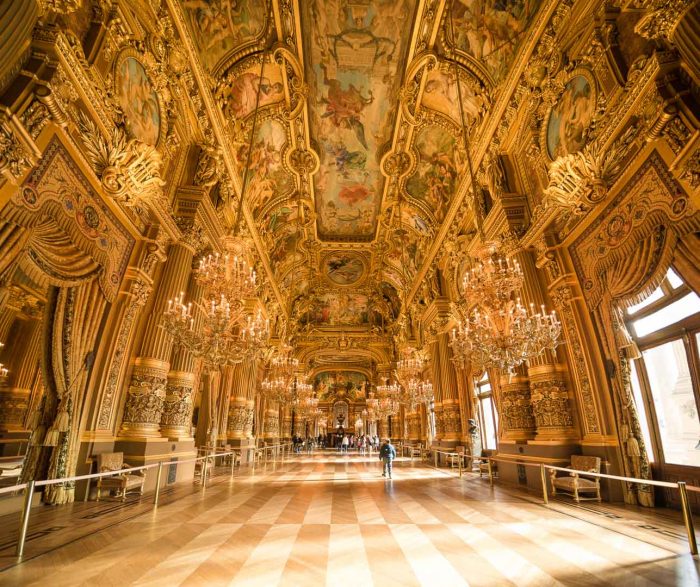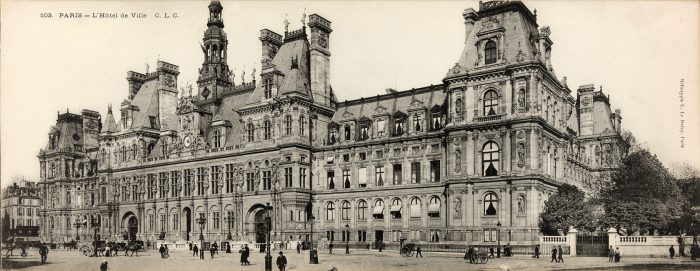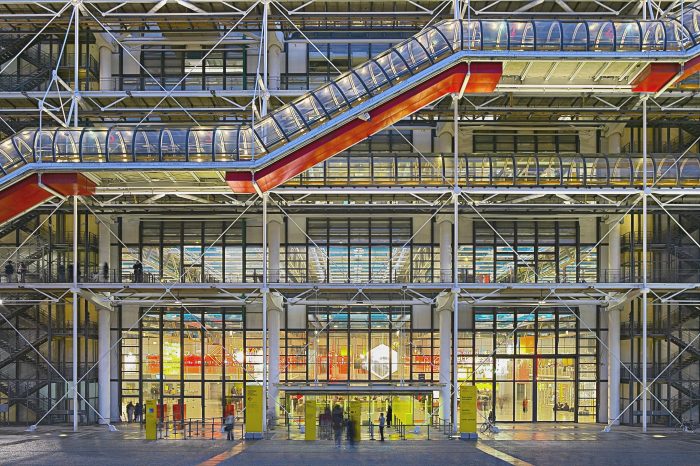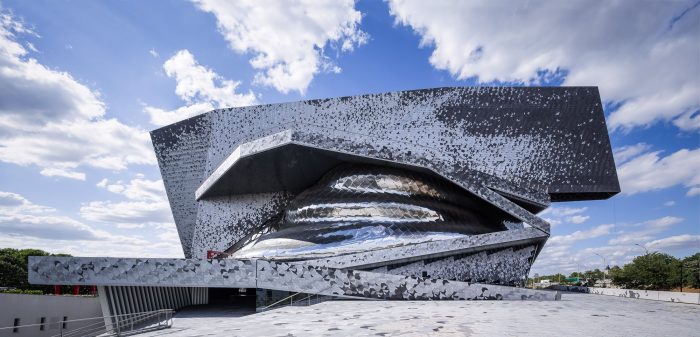It is no surprise that we are all familiar with Paris architecture because of its enchanting architectural features, including the Eiffel Tower and the Louvre Museum. You’re probably recalling now the French-style balconies, the grey rooftops, and the big second-story windows that stand over the arched Parisian roofs that we all recognize and admire. Let’s admit it; we love Paris; it’s kind of a unique connection that wasn’t built smoothly through history. Now let’s discover where and how this bond was formed.
Paris Architecture History:
1) Early 19th Century:
At the beginning of the 19th Century, Paris underwent a period of regeneration where a sense of order was disembarked in the city. Buildings constructed during this time had classical, extensive, and severe lines. Followed by the restoration period, Luxurious building development came to an end under the reigns of Louis XVIII and Charles X. It was replaced with clean architectural features with rectangular windows often appeared. These linear structures had four or five levels and were decorated modestly and in a cohesive way.
2) Haussman’s effect from 1850 to 1914:
By the orders of Napoleon III, Haussmann was ordered to carry out the second empire (1852-1870). He demolished 20,000 buildings to build 34,000 in a new style. Most of Haussmann’s buildings featured four or five stories high with freestone facades. They retain their identity in Paris today because of their expansive windows and balconies on the second floor, which we’ll discuss in more depth in the article, so make sure to keep sticking with us.
3) Art Nouveau, Art Deco, and Contemporary Architecture:
At the beginning of the twentieth Century, Art Nouveau made its debut in Paris, where curved shapes, contrasting materials, and various colors were widely used. After the Great War, Art Deco replaced it, dominating Paris architecture with straight lines and discreet decoration.
Till 1930, which marks an essential milestone in Paris architecture as economic and demographic restrictions drove architecture. Hence, towers began appearing in Paris due to the growth of hosting capacity demands. However, in the last few decades, some Parisian architects have used older styles, creating buildings in
neo-Haussmann and neo-classical styles.
What is the Architectural style of Paris?
The Haussmann style of architecture, known as “Haussmannian,” is the style that defined modern-day Paris in the late 19th Century and still defines it today. Haussmann- style buildings were intended to conform to specific standards of appearance as:
- Buildings had to be between 12 and 20 meters high with no more than six levels.
- Staircases were the only means of ascending to different floors before elevators were invented.
- Balconies and window frames were made of plain or decorative black wrought iron.
- Second floors were typically reserved for the elite and aristocratic class, acquiring the highest ceilings of all the bases, usually at least ten and a half feet.
- Gray zinc Mansard roofs were inclined at 45 degrees to maximize sunlight on the city streets.
The interiors of Haussmann buildings were as elegant as the exteriors, with Herringbone and chevron parquet floors, extensive wood or plaster moldings, large rooms with tall windows, built-in wardrobes and shelves, marble fireplaces, and tomette terra-cotta tiles.
Paris Architecture famous buildings:
1) Sacré-Cœur Basilica:
Located at the peak of Montmartre hill, the Basilica is a Roman Catholic church honoring the Sacred Heart of Jesus, offering from its 200 meters dome above the Seine river a panoramic view of the entire city of Paris. After the Eiffel Tower, the Basilica is the city’s most visited tourist location because of its spectacular landscape.
The Basilica has a square plan with four unique domes, with its prominent feature of the glowing white color created from the Château-Landon stones, which act as a bleacher when in contact with water or pollution. Above the church’s narthex, you can also find two equestrian statues in bronze, Joan of Arc carrying her sword to the right, and Saint-Louis, with the crown of thorns in his left hand, to the left.
Finally, positioned over the two equestrian statues and the narthex, the most significant statue in the Basilica, is Christ’s statue placed inside a niche, revealing his heart to the entire city of Paris.
2) The opulent Opéra Garnier:
Paris’s Palais Garnier’s design and architecture are at least as striking as the shows it hosts. The opera theater, which Charles Garnier constructed in the late 1800s during Haussmann’s renovation of Paris, stands out as an outstanding example of Napoleon III’s style. Every square inch of the Opéra is covered in beautiful textures, one-of-a-kind artworks, and gold, drawing on a rich and eclectic blend of architectural elements.
3)The Grand Hôtel de Ville:
The oldest square in Paris is situated in the heart of the city and is close to several iconic landmarks, such as the Notre Dame Cathedral and the Center Pompidou. The Hôtel de Vill has operated as a grand home to the Mayor of Paris since its purchase in 1357. On the central tower of the Mansion, there’s a massive clock ornamented with feminine statues. Additionally, numerous chandeliers, stained glass windows, and a vast staircase are all found inside.
4) Centre Pompidou:
The Centre Pompidou is built in contrast to the Louvre and other cathedrals of art in Paris. The architects’ team has maintained an “inside-out” structure to achieve the broad, flexible, unbroken floor surfaces that would facilitate the movement and mobility of enormous numbers of people.
The outside of the building features a vast, rectangular structure constructed of steel and glass. The “caterpillar,” which holds escalators to take guests to each story of the building, cuts the side of the structure in half diagonally. Finally, the facade of the Centre Pompidou is a vast open public space called the piazza, which functions as the main entrance to the building; given that the building is located in a crowded urban region which makes the connection between public space and the Centre Pompidou a crucial element of the project’s architecture.
5) Philharmonie de Paris:
Jean Nouvel, a famous architect, designed the Philharmonie de Paris as a hill beneath La Villette park. The building’s grey exterior is covered in 340,000 aluminum birds, transforming it into a gigantic venue for concerts with exceptional acoustics. Not to mention the breathtaking panorama it offers from the top over Paris and the nearby areas.
Paris architecture is full of intriguing stories and fascinating features. Nothing weird in naming it the city of art, full of architectural wonders built over the centuries. In the end, they all serve to define the city’s personality and cultural identity. From the Sacré-Cœur Basilica to the opulent opéra de Paris, Paris always had something for everyone.
Frequented asked questions about Paris architecture:-
How old is Paris architecture?
Paris is a wonderland for those who love architecture, with more than two thousand years of history.The city is an authentic time machine overflowing with breathtaking historic structures and landmarks.
Which building has the best architecture in Paris?
The Eiffel Tower, the Cathédrale Notre-Dame de Paris, and the dazzling Palace of Versailles are Paris’ most striking landmarks, consistently leading lists of notable French architecture.
Who was the main architect of Paris?
George-Eugène Haussmann, as he completely redesigned and reconstructed Paris in the 19th Century.
